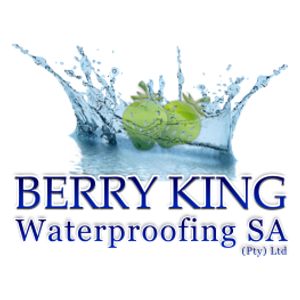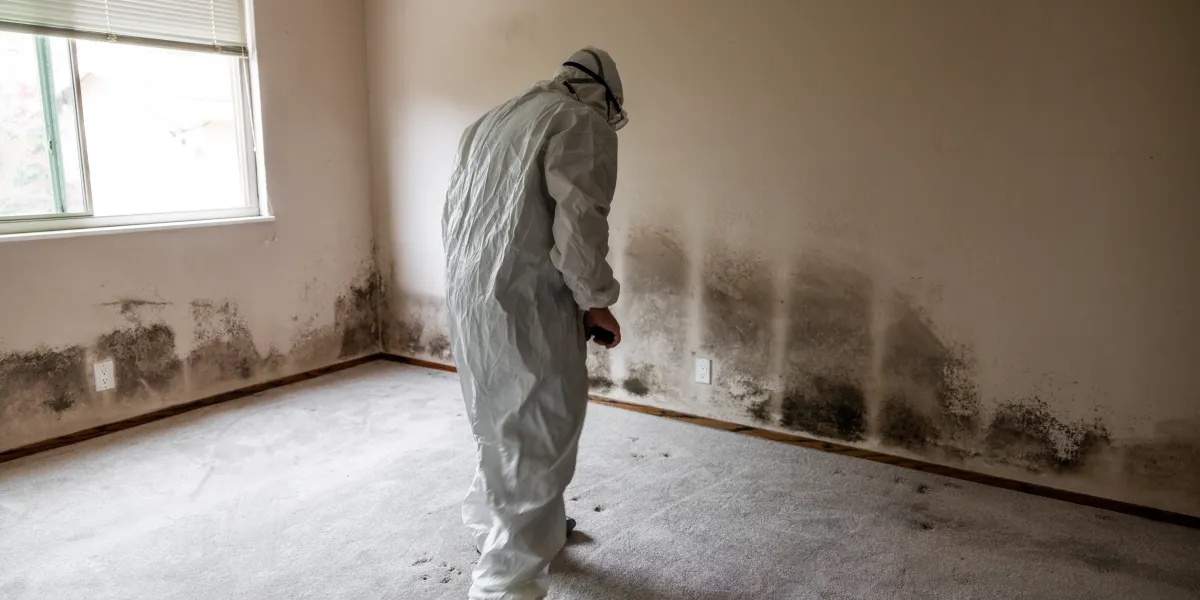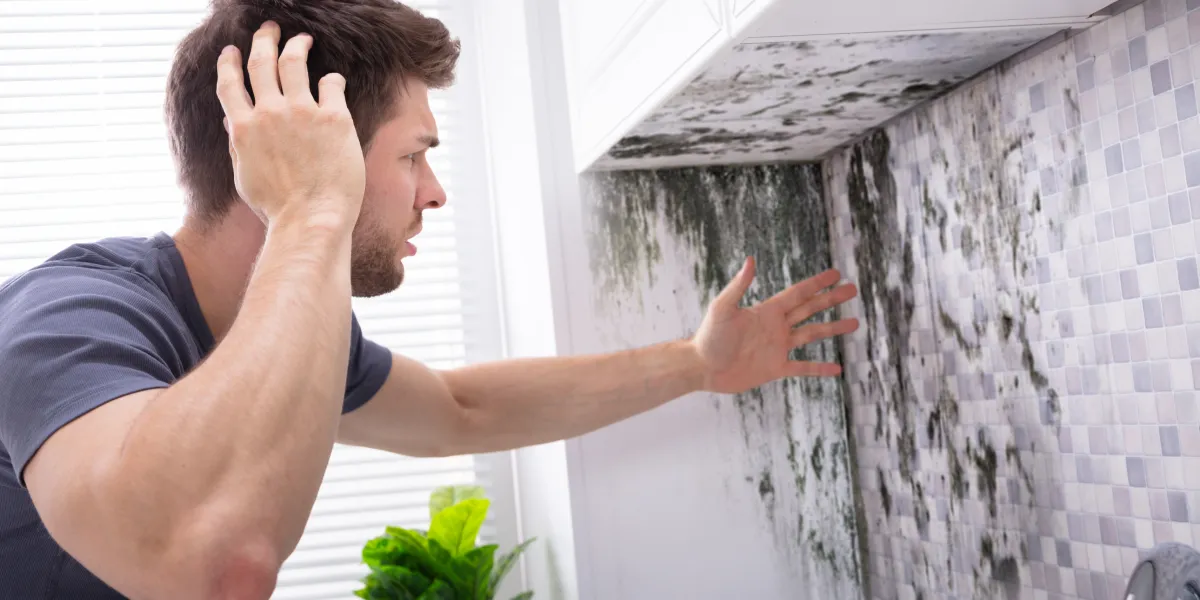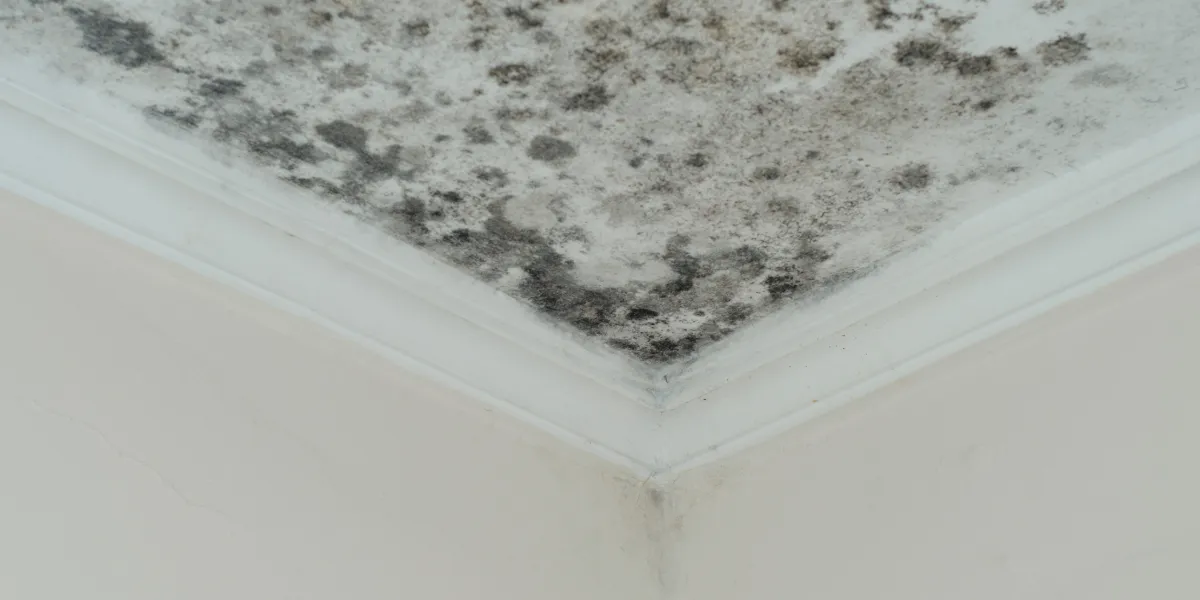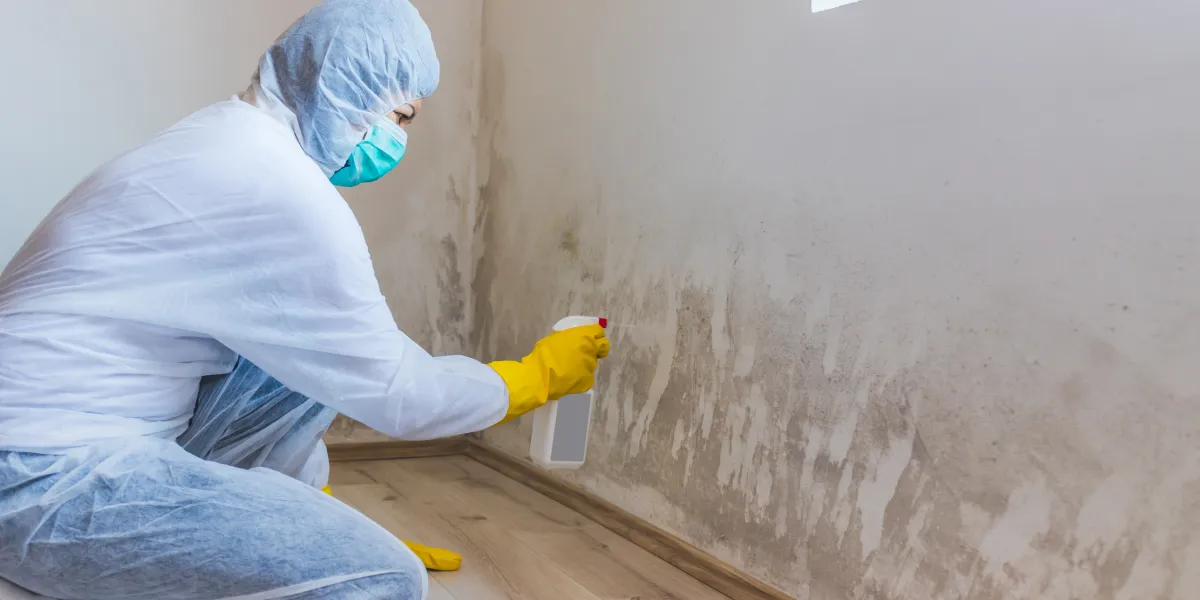mould remediation
Black Mould is Dangerous. Let’s Remove It at the Source.
What is Black Mould And Why Should You Care?
Black mould is more than just an eyesore. It’s a toxic fungus that thrives in damp, poorly ventilated spaces, often lurking on walls, ceilings, and behind bathroom fittings. It spreads fast in areas with high humidity, hidden leaks, or rising damp, conditions common in many South African homes, particularly in moisture-heavy regions like Gauteng.
Pathologists increasingly associate black mould exposure with a range of chronic symptoms linked to Sick Building Syndrome, including fatigue, respiratory issues, skin irritation, sinus congestion, and worsened asthma. For those already health-conscious or allergy-prone, even minimal exposure can trigger persistent discomfort and low-grade illness that’s hard to trace but impossible to ignore.
At Berry King Waterproofing, we don’t just remove visible mould. Our expert remediation service targets the hidden moisture that feeds it, using proven methods to dry, seal, and protect your home for good. The result is more than a cosmetic fix: it’s a long-term investment in your health and indoor air quality.
What Causes Mould to Grow in Your Home?
Mould doesn’t just appear overnight — it thrives when moisture, warmth, and poor airflow meet. Below are the most common causes we see in homes and buildings
Rising or Lateral Damp
in Walls
When moisture travels upward from the ground or seeps sideways through external walls, it creates the perfect breeding ground for mould. Damp walls stay wet longer, especially in shaded or poorly ventilated areas, giving spores everything they need to spread and multiply.
Leaks from Roofs, Plumbing or Balconies
A hidden roof leak or a slow-dripping pipe may seem small until mould starts to appear. Water ingress from above or within your walls can saturate insulation, ceilings, and plaster, fuelling persistent mould growth that returns even after cleaning.
Poor Ventilation
or Airflow
Mould thrives in stagnant air. Bathrooms, laundry rooms, and basements with no extractor fans or airflow trap moisture inside. Without proper circulation, humid air clings to surfaces, creating the damp conditions where mould grows rapidly.
High Humidity in Bathrooms, Kitchens, Basements
Steam from cooking, hot showers, or laundry raises humidity indoors. When humidity levels stay high and the air can’t escape, moisture condenses on cool walls and windows - an open invitation for mould, especially on ceilings and corners.
Hidden Water Damage in Foundations or Behind Walls
Leaks under floors or inside wall cavities often go undetected until mould appears on the surface. These “invisible” sources of damp provide an ideal habitat for mould, making professional assessment essential to find and fix the root problem.
Mould Remediation vs. DIY Cleaning
Why Store-Bought Mould Cleaners Don’t Work Long-Term
Cleaning mould with off-the-shelf products might seem like a quick fix but without professional intervention, the problem often comes back worse. Here’s why DIY isn’t a long-term solution:

They Don’t Treat the Source
Most mould sprays remove only what’s visible. They might lighten the stains, but they don’t stop the moisture causing the mould. If the source — like damp walls or hidden leaks — isn’t fixed, the mould will return, often deeper and more aggressive.

Spores Spread Easily
When you scrub mould without proper containment, you risk spreading thousands of invisible spores into the air. These spores settle elsewhere in your home, leading to new growth in previously unaffected areas — especially in high-humidity zones like bathrooms and kitchens.

Toxic Exposure Risk
Black mould releases harmful mycotoxins. Scrubbing or spraying without the correct protective equipment can expose you to health risks, including respiratory irritation, skin rashes, or long-term allergic reactions. Professionals use sealed environments, HEPA filtration, and PPE to do the job safely.
Do I Need a Kit or an Assessment?
Answer 5 quick questions to find out if a DIY kit is enough — or if you need a full mould inspection.
When to Act / Warning Signs
Mould isn’t just a surface issue - it spreads fast, damages your property, and affects your health. If you notice any of these signs, it’s time to act:

Recurrent Black Spots on Walls or Ceilings
If mould keeps returning after cleaning, it’s a clear sign that the moisture problem behind the wall hasn’t been resolved. Surface treatments won’t stop the spread — professional remediation is needed.

Musty Smell That Won’t Go Away
A damp, earthy odour is often the first sign of hidden mould. Even if you can’t see it yet, the smell usually means spores are already active behind walls or under floors.

Constant Coughing, Sneezing, or Sinus Issues Indoors
If symptoms like coughing or allergies worsen when you’re home, mould could be affecting your indoor air quality. Prolonged exposure can trigger asthma and respiratory conditions.

Previous Flooding or Leaks
Homes that have experienced flooding or water leaks — even minor ones — are at high risk for hidden mould. Moisture trapped in walls or floors can fuel growth for months.

Peeling Paint or Bubbling Plaster
When paint begins to peel or plaster starts to bubble, it’s often due to moisture trapped underneath — a common companion to mould. These are warning signs of deeper water damage.

Visible Condensation on Windows or Walls
Frequent condensation — especially on cold surfaces like windows or corners of rooms — creates the ideal damp environment for mould to grow. If you’re wiping down moisture daily, mould could already be developing nearby.
HOW WE TEST YOUR AIR QUALITY
THE ULTIMATE SOLUTION TO MOULD AND RISING DAMP
Device-based technology developed to achieve drier foundations, cleaner air and lower energy costs in new and existing structures
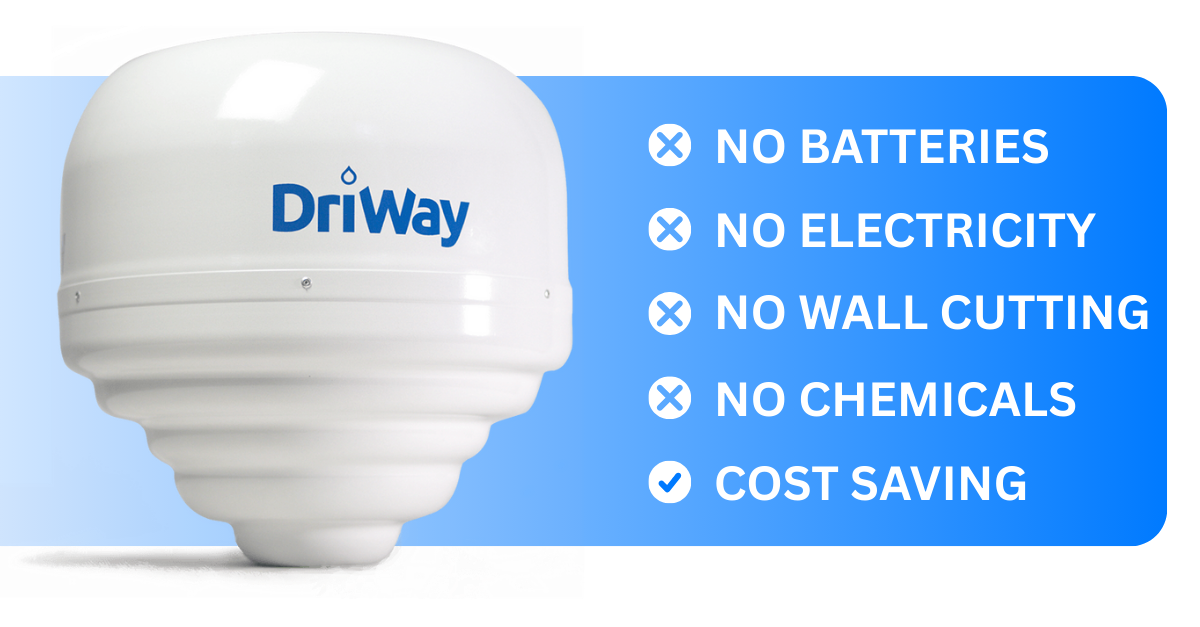
Healthy People
Healthy Buiding
Healthy Planet
Our Other Mould Services
FOGGING
Fogging is a highly effective treatment used to eliminate mould spores, bacteria, and odours in indoor spaces. By dispersing a fine, antimicrobial mist into the air, fogging reaches deep into porous surfaces, cracks, and hard-to-reach areas where traditional cleaning can’t. It's often used after mould remediation or damp treatment to sanitise affected areas, improve air quality, and prevent regrowth. At Berry King, fogging can be offered as part of a comprehensive damp and mould solution ensuring your home is not only visibly clean but also healthy and safe to live in.
NEBULIZING
Nebulizing with the Veridus system is an advanced indoor air purification and sanitisation method used by Berry King to treat contaminated or mould-affected spaces. This process disperses an ultra-fine, dry mist of specialised treatment solution into the air, reaching deep into porous materials, HVAC systems, and hidden areas where mould spores, bacteria, and allergens typically hide. Unlike fogging, Veridus nebulizing leaves no residue, is non-toxic, and ensures comprehensive coverage without wetting surfaces. It’s ideal for post-remediation environments or ongoing air quality control — restoring a cleaner, healthier indoor atmosphere with long-lasting effects.
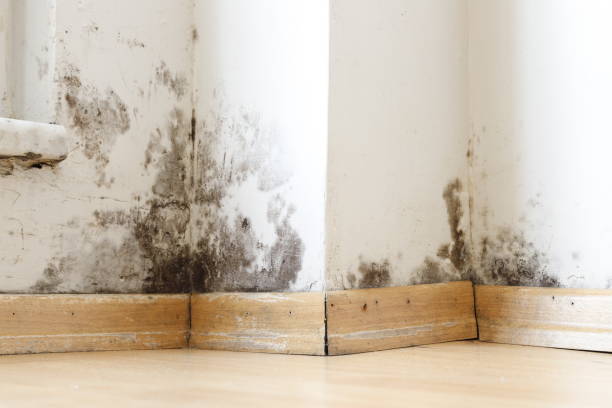
Ready to Breathe Easy Again?
We’ll help you choose the safest, most effective option for your home.
COMPANY
CUSTOMER CARE
LEGAL

© Copyright 2025 BerryKing Waterproofing (Pty) Ltd | All Rights Reserved.
